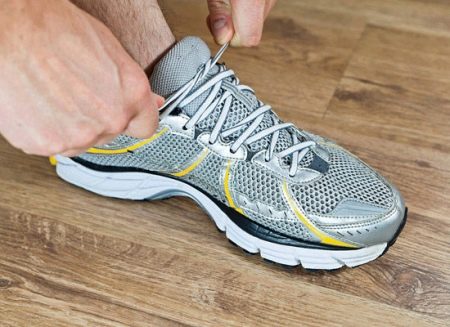Running shoes
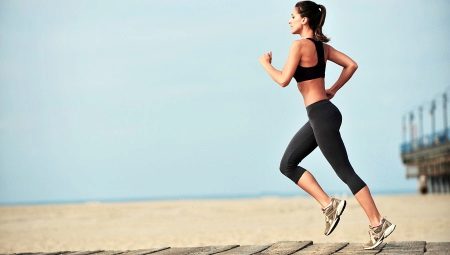
Quality running shoes are the key to the health of your feet. Many people are dismissive of this issue, thus making a huge mistake. The wrong shoes can not only ruin your running experience, but it can even hurt you.
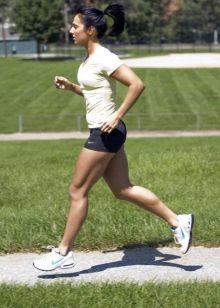

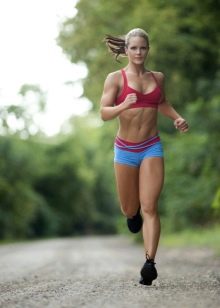
What do running shoes look like and how do they differ from simple ones?
Jogging shoes are special shoes that help you with your sports. Every year manufacturers make them more secure and even highly intelligent. They are made using advanced technologies, trying to make the runner's task as easy as possible.
For the inexperienced person, running shoes are not much different from ordinary ones. However, the experienced athlete can immediately recognize the benefits of this model.
Top
The upper is either mesh or leather but has mesh inserts. They provide good ventilation, fit well to the leg and protect against negative environmental factors.

There should be enough room in the toes so that the toes can bend as you run. Otherwise, you cannot avoid pain and cramps in the foot. The heel area should be padded with a special composite material to help stabilize the foot during movement.
In the area of the Achilles notch, there should be a special groove-collar that protects and fixes the most vulnerable tendon.
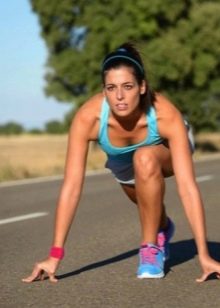

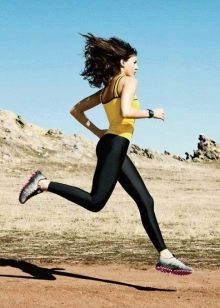
Sole
The outsole should cushion during movement and provide stability for the foot. They are of three types:
- straight - suitable for those who have a small instep and an almost straight foot. It will support the inner part of the foot, preventing pronation (collapse of the foot inward);
- curved - suitable for high instep and slightly arched feet.It absorbs better, maintaining the stability of the hind foot and preventing supination (the collapse of the foot outward);
- semi-curved - combines the advantages of the two previous options and provides optimal support for the foot without visible problems.
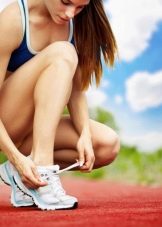
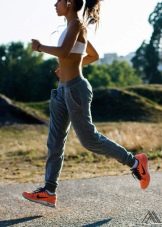
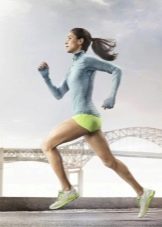
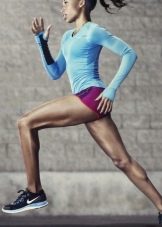
So, what is the difference between running shoes and regular ones? Their main difference is that they take into account the maximum number of individual characteristics of the runner. Thanks to the wide range of models, you can choose running shoes based on your weight, arch of your foot, presence or absence of flat feet and other foot problems listed above. Also it is important to consider the running technique you choose (toe or heel).
Experienced runners consider the type of surface they are going to run on. This can be a treadmill, tarmac, or unpaved terrain.
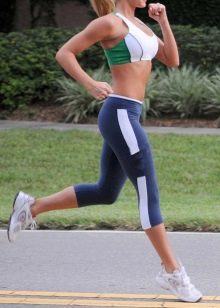
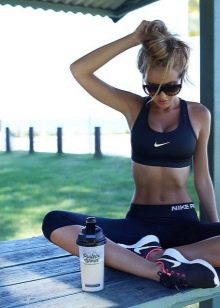
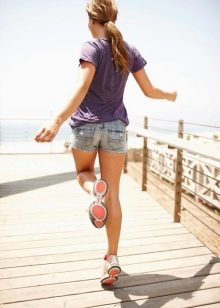
It becomes clear that the main distinguishing feature of running shoes is that each model is focused on specific physiological characteristics of a person. This factor is important for both professional runners and ordinary morning joggers who want to do it with comfort and care for their health.
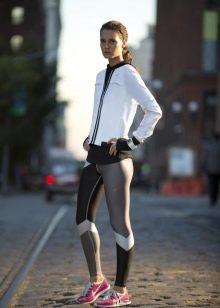
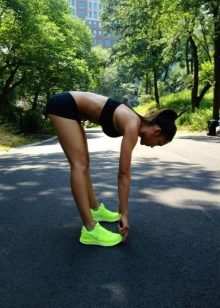
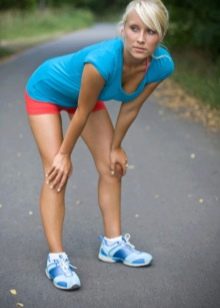
If you only run in the gym, these technical characteristics will be enough for you. And if every day, even in rainy weather, you jog in the park or in the stadium, you will need waterproof sneakers made of Gore-tex membrane fabric. They are also suitable for winter, because snow, falling on regular sneakers, begins to melt quickly from the warmth of your feet.
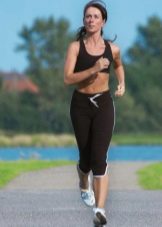
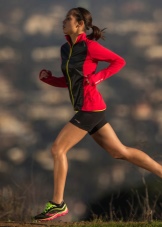
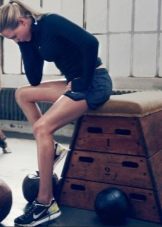
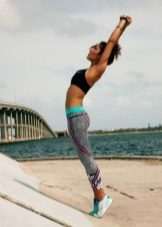
Views
With Gore-tex membrane
Gore-tex sneakers designed for sports activities in rainy and snowy weather. They are both waterproof and airtight, making them ideal for outdoor sports. They are winter and demi-season - the former additionally protect your feet from the cold, providing you with warmth and comfort while running.

Professional
These sneakers are commonly used by professional athletes and casual runners, decided to run in a marathon. Also, these models are suitable for shuttle running. They are called "marathons", although officially this type does not exist.
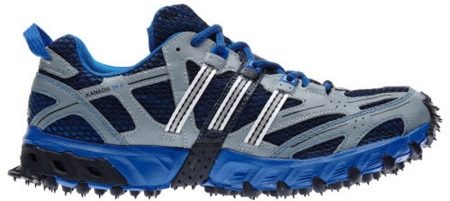
They are lightweight and flexible flat-soled sneakers. They are practically weightless and very comfortable, so they are easy to move around in. In them, you will feel every inch of the track, fully focusing on running. It is worth noting that such sneakers do not protect against microtrauma, but they guarantee the maximum performance.
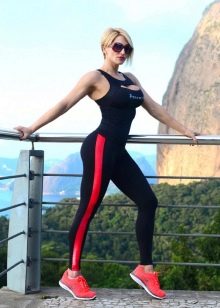
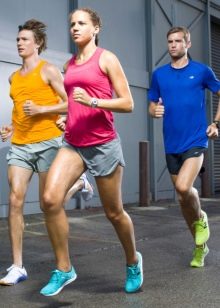
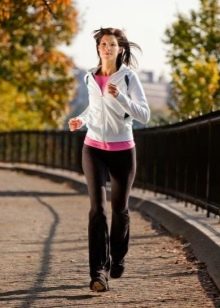
The only caveat is that when running a long distance, they are suitable for people weighing no more than 60 kg. But if you're running short distances in a park or stadium, this might be the right model for you.
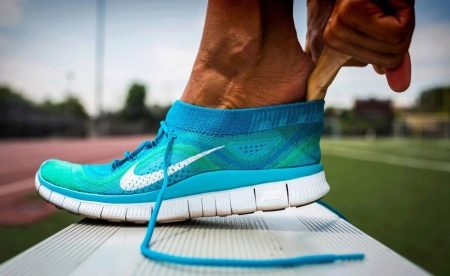
For heavy runners
If your weight is above average, your foot will shock a lot while you run. Therefore, lightweight sneakers will begin to sag quickly, which can lead to foot injury.
Choose models that are designed for the maximum load, but also consider your own running technique. If you land on your heel, this area should be compacted and slightly raised.
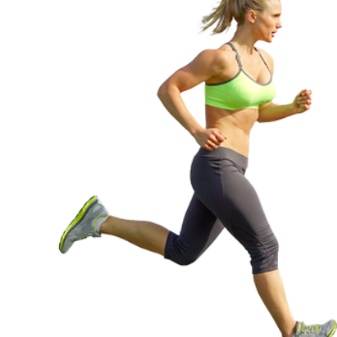
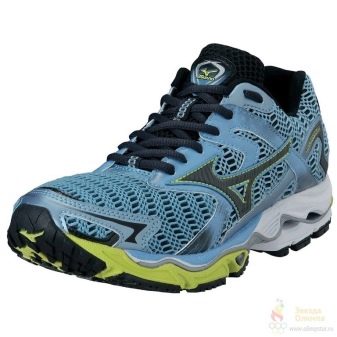
In the room
For warm-up runs, sneakers with a padded, segmented sole that enhances foot mobility. A track is a stable, level surface that is much more reliable than asphalt or unpaved terrain. Therefore, the main selection criterion is ease and convenience of movement.
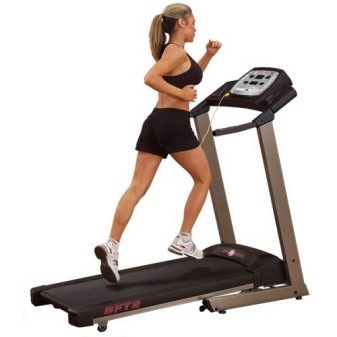
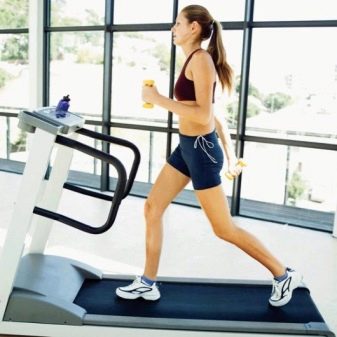
Trail
These sneakers can be called "SUVs". Their upper is durable and dense, most often they have a Gore-tex membrane. A special protector is installed on the sole, which makes it easy to move along dirt paths that are found in forest park zones.
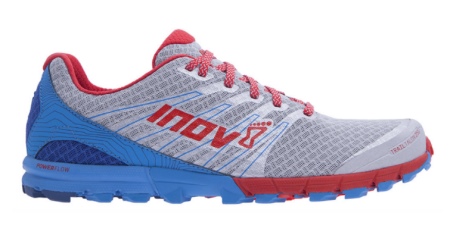
Orthopedic for flat feet
For flat feet, it is important to choose a shoe that will firmly support the arch of the foot without heavy cushioning. They should firmly fix the foot, preventing the ankle from falling inward. Look for models with extra arch support.

By season
- Winter models are often tall, they do not get wet and retain heat well. Most important is the outsole, running on ice and snow requires sneakers with metal spikes. In all others, you risk slipping and getting injured.
- Summer sneakers should be lightweight and breathable. They are rarely made waterproof, so you'll need another pair for rainy weather. The sole can be selected from the above options based on the type of surface on which you intend to run.
- All-season. If you only run on urban paved roads, go for asphalt running shoes. They are equipped with special shock absorbers that prevent impact on the foot while running. You can run in them all year round without fear of falling or slipping.
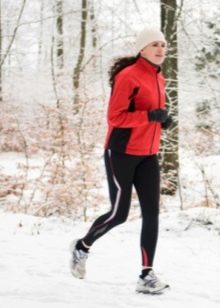
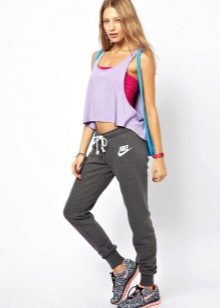
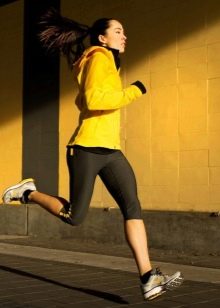
Baby
If the child does not have any problems with their feet, universal sneakers are suitable for him, which are designed for sports. If he runs outdoors, avoid models with a fine mesh, in which his feet can freeze.
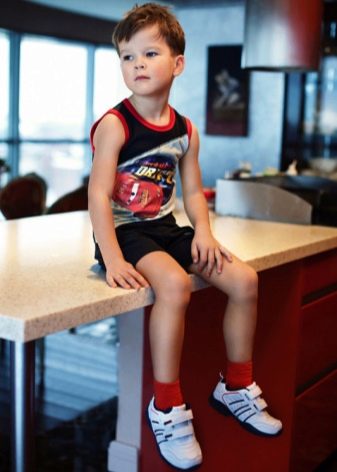
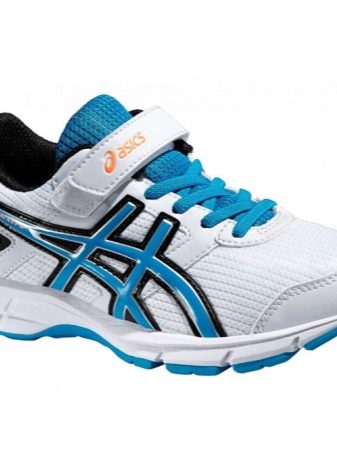
Material
Running shoes must be made of durable yet soft materialwhich provides good ventilation. Prefer natural materials that will prevent sweating. Ideally, the upper of a sneaker should be made of durable, lightweight mesh, with secure leather inserts around the perimeter.
They should be small so that the leg can breathe well.
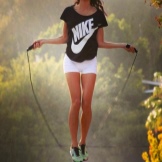
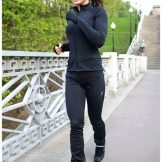
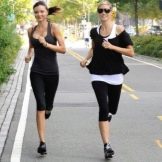
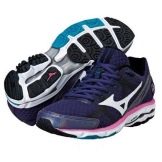
Brands
Adidas
The popular brand offers several models of running shoes:
- Climawarm Oscillate. A versatile demi-season model that is suitable for running in any weather. The upper provides reliable ventilation, wicks moisture away and keeps your feet warm. They have a grippy, durable outsole that's great for urban running.
- Ultra Boost. The special outsole provides good cushioning and energy recovery as you run. The upper fits snugly around the foot for complete comfort. The outsole adapts well to the foot and provides full balance and stability.
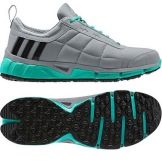

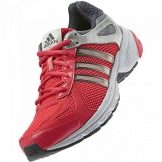

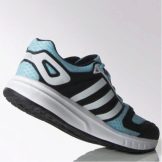
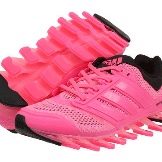
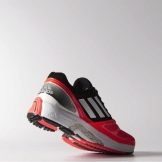

Newton
A young company that specializes in the production of natural running shoes. Newton sneakers are the choice of both professional athletes and amateur beginners.
The main feature of the sneakers of this brand is the unique cushioning system of the forefoot. In such sneakers, learning the correct running technique comes naturally, everything happens in a natural way.

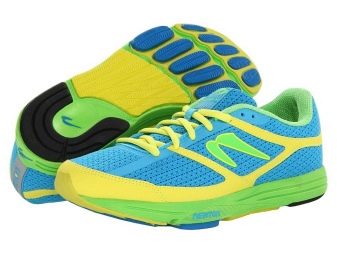

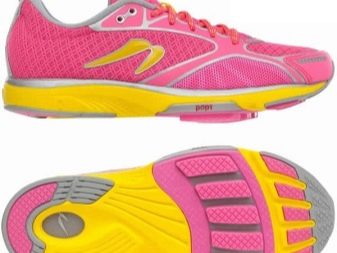
ZPrint Run
The ZPrint Run is a running shoe from Reebok. The outsole is designed to provide reliable cushioning, protection and fully adapt to your running style. The mesh fabric surface holds the foot securely, and the low design does not impede free movement. Thanks to the special foam sole, excellent grip on any surface will occur during your run.
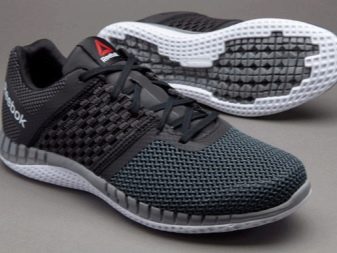
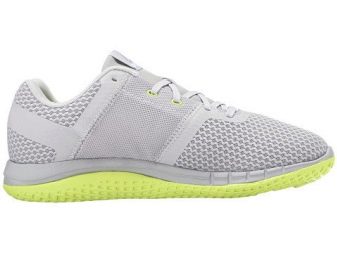
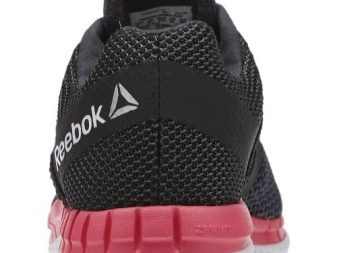

Sketchers
For runners, Skechers offers the famous "Go Run" model. These are lightweight sneakers with an unusual shape of the sole, which, as it were, curved outward. That is, the thickest place is located in the middle of the foot.
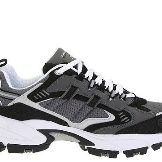
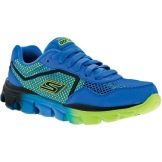
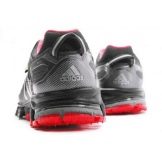
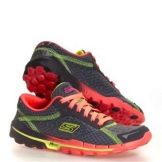
Thanks to this, the runner puts his foot not from the heel or from the toe, but from the middle of the foot, which provides a quick take-off from the surface and good speed. The flexible outsole gives you a good surface feel, and the special coating provides reliable traction and excellent responsiveness.
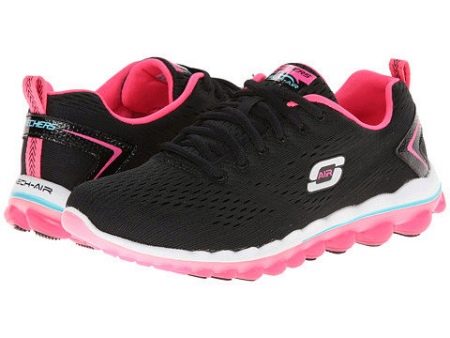
The size
Choose running shoes on the floor or even a size larger. During an intense run, blood flows to the leg and the foot enlarges slightly. Regardless, a slightly larger shoe will provide good ventilation and feel light and spacious.
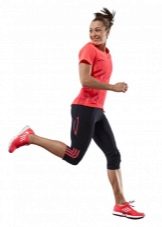
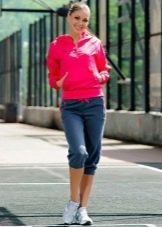
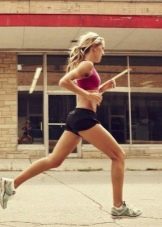
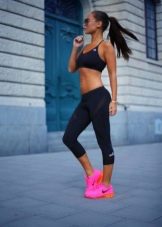
How to choose?
When choosing sneakers, it is important to consider your foot type. It can be neutral, with pronounced supination (high curvature of the foot) or with pronation (flat feet). The correct choice of footwear will help to avoid deformations of the foot in the future.
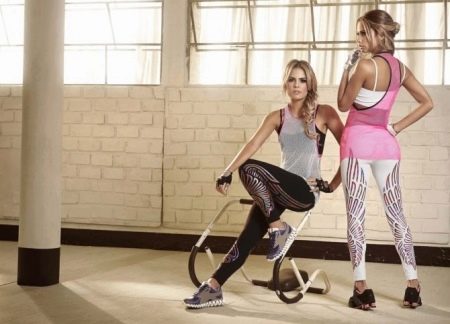
- Cushioning in the outsole is a must - a good manufacturer usually indicates this information on the box.
- The sole should be flexible and soft.
- The outsole should have rubber inserts that are not subject to abrasion. They are usually located in the heel and on the outside of the toe.
- Rigid elements should only be located in the heel area, but should not be in contact with the Achilles tendon.
- It is important to have a removable insole - if necessary, it can be replaced with an orthopedic one.
- A pair of sneakers must weigh at least 400 grams.
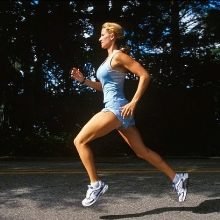
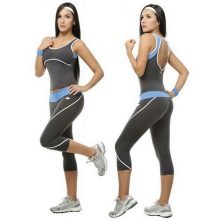
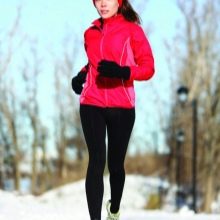
How to lace up?
You need to lace up your running shoe to suit the individual needs of your foot.
- If a callus develops on the heel after running, lace up your sneakers in the usual criss-cross fashion without inserting the laces into the last holes. Insert the laces into the last holes without crossing them to create small loops through which you can pull the remaining ends of the laces.
- If a bruise develops on your toe, you need to lift the sock up so that it does not press on the toe. To do this, make one end twice as long as the other, thread the lace through the bottom holes and lace up according to the pattern shown in the picture.
- If your sneaker is tight, start lacing it up from the second pair of holes, leaving the first one unoccupied. Lacing is done in the usual way crosswise.
